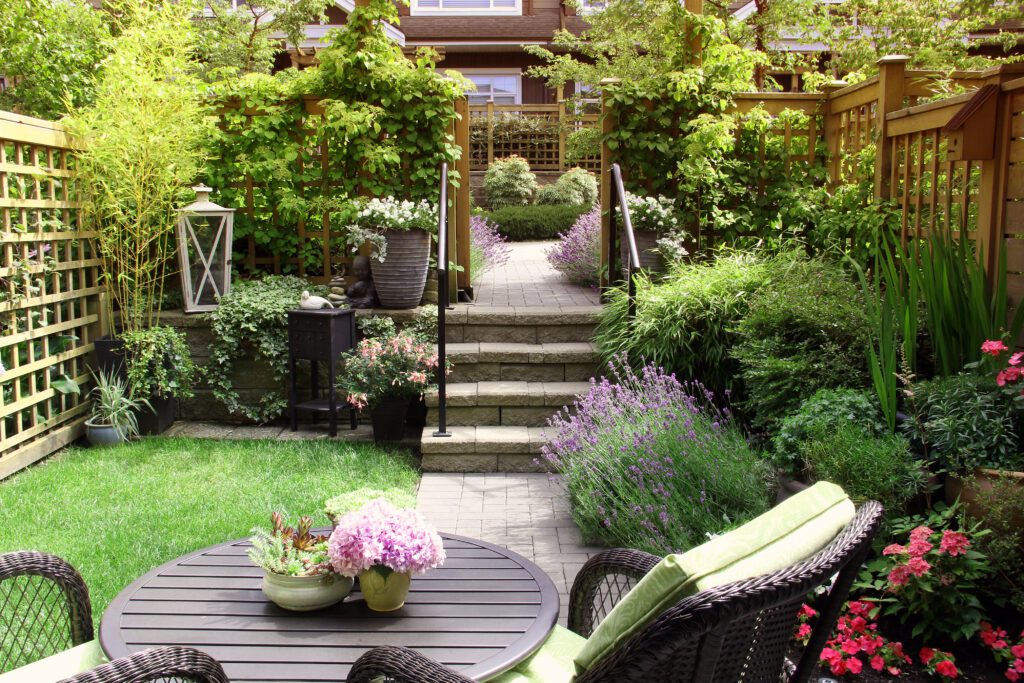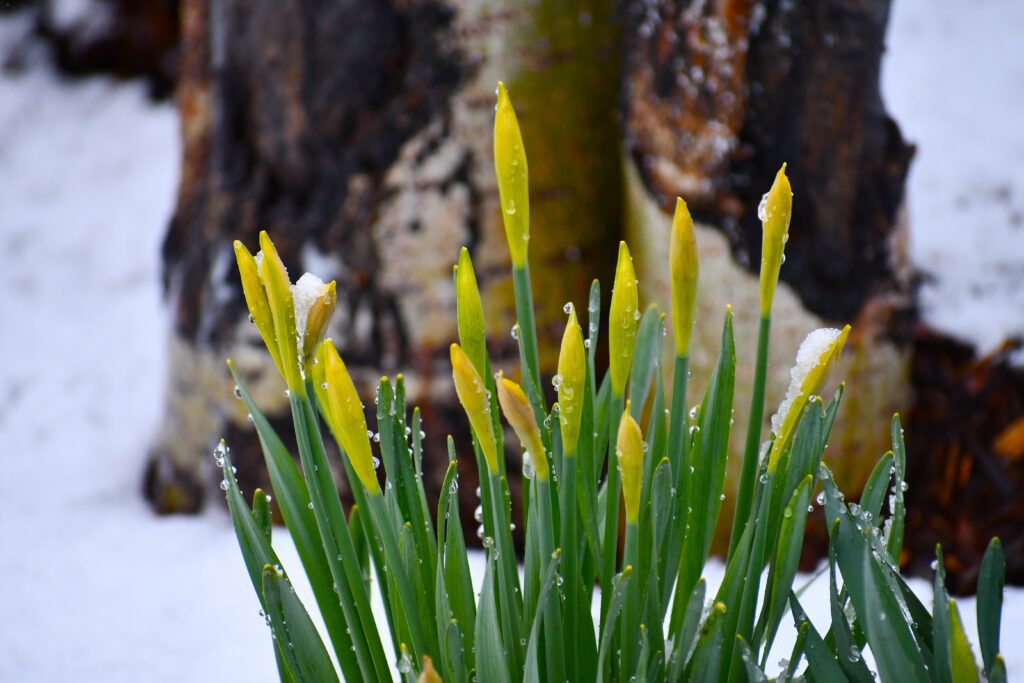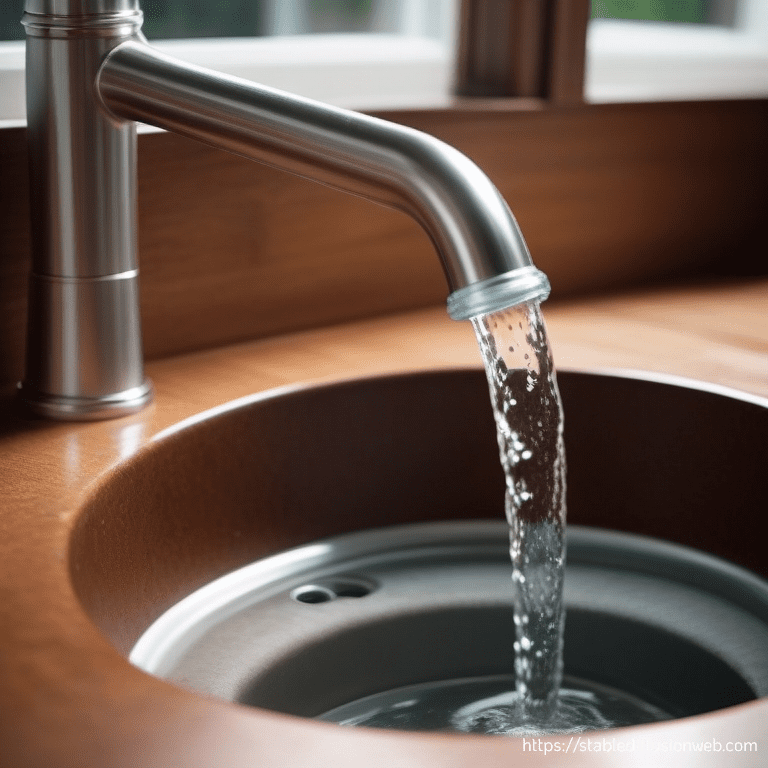In today's world, where environmental sustainability is a pressing concern, water conservation plays a crucial role. By adopting water-efficient pra...

In today's world, where environmental sustainability is a pressing concern, water conservation plays a crucial role. By adopting water-efficient practices in gardening, you not only contribute to preserving this precious resource but also enjoy the benefits of a beautiful yard. In this article, we will explore effective strategies to achieve water conservation in your garden while maintaining its aesthetic appeal.
The Importance of Water Conservation in Gardening
Water is a finite resource, and with the increasing demands of a growing population, it is essential to use it wisely. Gardening is one area where significant amounts of water are often used, making it an ideal place to focus on conservation efforts. By implementing water-saving techniques, you can reduce your water consumption, lower your water bills, and contribute to a sustainable future.
Understanding Water Efficiency in Gardening
To achieve water efficiency in gardening, it's important to make informed choices regarding plant selection and irrigation systems.
Choosing Native and Drought-Tolerant Plants
Selecting plants that are native to your region or have adapted to local climate conditions is a smart choice for water conservation gardening. These plants are naturally more resilient to local weather patterns, requiring less water to thrive. Research and consult with local gardening experts to identify suitable native and drought-tolerant plant species for your yard.
Here are some examples of native and drought-tolerant plant species suitable for yards in Edmonton, Canada:
- Blanket Flower (Gaillardia aristata)
- Western Yarrow (Achillea millefolium)
- Canada Wild Rye (Elymus canadensis)
- Prairie Coneflower (Ratibida columnifera)
- Western Red Lily (Lilium philadelphicum)
- Prairie Smoke (Geum triflorum)
- Smooth Blue Aster (Symphyotrichum laeve)
- Prairie Crocus (Pulsatilla patens)
- Wild Bergamot (Monarda fistulosa)
- Common Juniper (Juniperus communis)
These plants are well-adapted to the local climate conditions in Edmonton and can withstand periods of drought while still adding beauty to your yard. Make sure to check with local gardening experts or nurseries for more specific recommendations based on your yard's characteristics and microclimate.
Installing an Efficient Irrigation System
Investing in an efficient irrigation system can make a significant difference in water consumption. Consider installing drip irrigation or a sprinkler system with smart technology that adjusts watering based on weather conditions and soil moisture levels. This way, you can ensure that your plants receive the right amount of water without wastage.
To determine if your irrigation system is efficient and not wasting water, you can follow these steps:
Check for leaks: Inspect your irrigation system regularly for any visible leaks or dripping water. Leaks can result in significant water wastage over time. Look for wet spots, pooling water, or damaged pipes or sprinkler heads.
Evaluate water distribution: Observe how water is being distributed by your irrigation system. Make sure the water is reaching the intended areas without excessive overspray onto hardscapes or non-landscaped areas. Adjust sprinkler heads or nozzles if necessary to minimize water waste.
Conduct a catch can test: Place catch cans or shallow containers (such as tuna cans) throughout your lawn or garden area. Run your irrigation system for a set duration and then measure the depth of water collected in each can. This will help you determine if there are any areas that receive too much or too little water. Adjust your irrigation system accordingly for more uniform water distribution.
Check for proper coverage: Ensure that your sprinkler heads or drip emitters are evenly covering the target areas without overspray or leaving dry spots. Adjust the spacing and direction of sprinkler heads, as well as the flow rate of drip emitters, to achieve optimal coverage and avoid water waste.
Consider weather conditions: Your irrigation system should be adjusted based on the weather conditions. Avoid watering during or immediately after rainfall. Install a rain sensor or use a smart irrigation controller that adjusts watering schedules based on local weather data to prevent overwatering.
When it comes to maintaining the health of your plants, it's important not to overwater or underwater. Here are some signs to look out for:
Signs of Overwatering:
- Yellowing leaves: If the leaves of your plants turn yellow and become limp or wilted, it could be a sign of overwatering. Excessive moisture can lead to root rot, inhibiting the plant's ability to absorb nutrients.
- Mushy or rotting roots: When overwatered, the roots may become mushy, slimy, or have a foul odor. Healthy roots are firm and white. Gently check the roots' condition when inspecting your plants.
- Leaf drooping or wilting: Overwatered plants may display symptoms similar to underwatered plants, such as drooping or wilting leaves. However, the key difference is that the leaves of overwatered plants often appear waterlogged or excessively soft.
- Fungal growth or mold: Overwatering creates a damp environment that encourages the growth of fungi and mold. If you notice moldy or fuzzy growth on the soil surface or the base of the plant, it may indicate excessive moisture.
Signs of Underwatering:
- Dry, crispy leaves: When plants are underwatered, their leaves can become dry, brittle, and crispy. The foliage may appear dull or lifeless instead of vibrant and healthy.
- Wilting leaves: Underwatered plants often exhibit wilting leaves that lack turgidity. However, unlike overwatered plants, the leaves of underwatered plants may be dry and papery rather than waterlogged.
- Leaf yellowing or browning: Insufficient water supply can cause leaf discoloration, starting with yellowing and progressing to brown or scorched edges. This is a plant's way of conserving water and prioritizing its survival.
- Stunted growth: Underwatered plants may experience stunted growth as they struggle to access the necessary water and nutrients for proper development. This can manifest as smaller leaves or delayed flowering.
It's important to note that different plant species have varying water requirements, so it's essential to understand the specific needs of your plants. Adjust your watering practices accordingly to maintain an appropriate moisture balance for healthy growth and avoid both overwatering and underwatering.
Implementing Water-Saving Techniques
In addition to plant selection and irrigation systems, several techniques can further enhance water conservation in your garden.
Mulching
Applying a layer of organic mulch around your plants helps retain soil moisture, suppresses weed growth, and regulates soil temperature. Mulching reduces water evaporation and allows plants to utilize water more efficiently, minimizing the need for frequent watering.
Proper Watering Practices
When it comes to watering, it's crucial to follow best practices to avoid water wastage. Water your plants deeply but infrequently to encourage deep root growth. Watering early in the morning or late in the evening reduces water loss due to evaporation. Avoid overwatering, as it can lead to root rot and other plant health issues.
Rainwater Harvesting
Harnessing the power of rainwater is an effective way to conserve water. Install rain barrels or a rainwater harvesting system to collect rainwater from your rooftop. This water can then be used for watering your garden during dry periods, reducing your reliance on municipal water supplies.
Creating a Water-Friendly Landscape Design
An intelligently planned landscape design can significantly contribute to water conservation efforts.
Grouping Plants by Water Needs
Grouping plants with similar water requirements together helps in efficient irrigation. By separating your garden into hydrozones, you can tailor your watering schedule and irrigation system to meet the specific needs of each zone. This prevents water wastage and ensures that plants receive adequate moisture.
Incorporating Hardscapes and Permeable Surfaces
Including hardscapes like patios and pathways in your garden design can minimize the area that requires watering. Use permeable materials for these surfaces to allow water to penetrate the soil and replenish groundwater levels.
Maintaining a Water-Smart Garden
Regular maintenance practices are essential for sustaining a water-efficient garden.
Regular Inspections and Maintenance
Periodically inspect your irrigation system for leaks, clogs, or inefficient water distribution. Repair any issues promptly to prevent water wastage. Regularly check your plants for signs of overwatering or underwatering and make necessary adjustments.
Adjusting Irrigation Seasonally
Adjust your watering schedule according to seasonal variations in weather and plant needs. As the weather changes, modify your irrigation system settings to align with the current conditions. This flexibility ensures optimal water usage throughout the year.
Water conservation gardening is not only environmentally responsible but also cost-effective. By implementing water-saving techniques, choosing appropriate plants, and maintaining a well-designed garden, you can achieve a beautiful and sustainable yard while reducing your water consumption and saving money.
FAQs
How do native plants contribute to water conservation in gardening?
Native plants are adapted to local climate conditions and require less water to thrive, contributing to water conservation efforts in gardening.
Can I water my garden during water restrictions?
It is essential to follow local water restrictions. However, by adopting water-saving techniques and utilizing methods like rainwater harvesting, you can minimize your reliance on municipal water supplies.
Is mulching beneficial for my garden?
Yes, mulching helps retain soil moisture, suppress weed growth, and regulate soil temperature, resulting in water-efficient gardening.
What is the benefit of a smart irrigation system?
A smart irrigation system adjusts watering based on weather conditions and soil moisture levels, optimizing water usage and reducing wastage.
How often should I inspect my irrigation system?
It is recommended to inspect your irrigation system regularly, at least once a month, to identify and fix any leaks or inefficiencies.
By adopting water conservation practices in your garden, you can create a beautiful and sustainable outdoor space while contributing to a more environmentally friendly future. Embrace the techniques mentioned in this article, and start saving water, money, and the planet today. Contact Always Plumbing & Heating for more information on water-saving appliances.




